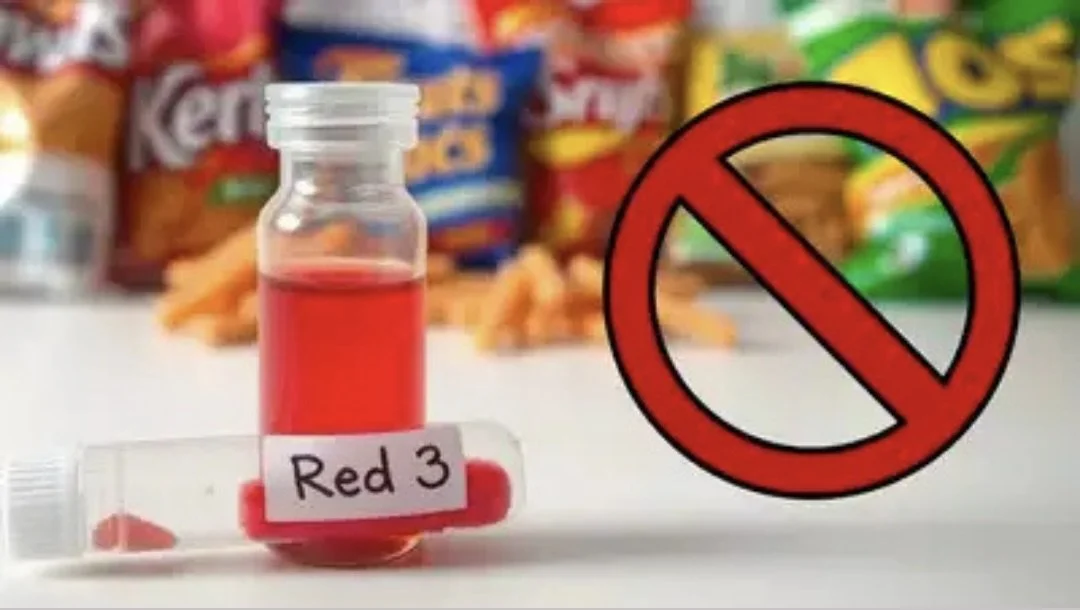From Gummy Bears to Frosting: FDA Targets Toxic Colors in Food
In a significant shift toward cleaner food labeling, the U.S. Food and Drug Administration (FDA), in collaboration with the Department of Health and Human Services (HHS), announced plans to phase out all petroleum-based synthetic dyes from the American food supply by the end of 2026.
Why the Ban Now?
Artificial dyes like Red No. 3, Red No. 40, Yellow No. 5, and Blue No. 1 have long been used to enhance the visual appeal of foods. However, recent studies have raised concerns about their potential health impacts, particularly in children. Research suggests links between synthetic dyes and behavioral issues such as hyperactivity and attention disorders.
Moreover, some dyes have been associated with carcinogenic risks. For instance, Red No. 3 has been banned in cosmetics since 1990 due to cancer concerns but remained in the food supply until now.
What Foods Are Affected?
The ban targets a wide range of products, including:
Candies and sweets
Breakfast cereals
Snack foods
Beverages
Processed meats
Condiments and sauces
These dyes are prevalent in over 10,000 products, meaning consumers will likely notice changes in product appearances as manufacturers reformulate.
The Shift to Natural Alternatives
In response to the impending ban, companies are exploring natural dye alternatives derived from sources like beet juice, spirulina, turmeric, and carrots. While these options are considered safer, they present challenges:
Cost: Natural dyes are often more expensive to produce.
Stability: They may have shorter shelf lives and be less stable under various processing conditions.
Sourcing: Scaling up production to meet industry demands can be difficult.
Despite these hurdles, major companies like PepsiCo have committed to eliminating artificial ingredients from their products by the end of 2025.
What This Means for Consumers
For health-conscious consumers, especially millennials seeking transparency in food labeling, this move aligns with a broader trend toward cleaner eating. However, it's essential to stay informed:
Read Labels: Until the ban is fully implemented, continue to check product labels for artificial dyes.
Be Open to Change: Expect some products to look different as natural dyes replace synthetic ones.
Understand the Trade-offs: Natural dyes may alter the taste or texture of familiar products.
Looking Ahead
The FDA's decision marks a pivotal moment in food regulation, emphasizing the importance of consumer health and safety. As the 2026 deadline approaches, expect to see more products reformulated with natural ingredients, reflecting a growing commitment to transparency and well-being in the food industry.
References:
FDA Official Announcement
“HHS and FDA Announce Phase-Out of Petroleum-Based Synthetic Dyes in the Nation’s Food Supply”Environmental Working Group (EWG)
“FDA Moves to Ban Synthetic Dyes: A Victory for Public Health”Consumer Reports
“States Push to Ban Dangerous Dyes and Food Additives Linked to Health Risks”
Food & Wine Magazine
“FDA to Ban Petroleum-Based Food Dyes by 2026”The New York Post
“PepsiCo to Remove Artificial Ingredients from Popular Food Items by End of 2025”National Institutes of Health (NIH) – Past Research for Context
“Food Additives and Child Behavior: A Review of Literature”California Office of Environmental Health Hazard Assessment (OEHHA)
“Synthetic Food Dyes and Neurobehavioral Effects in Children”

